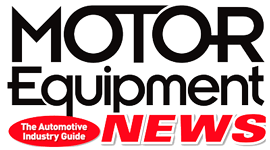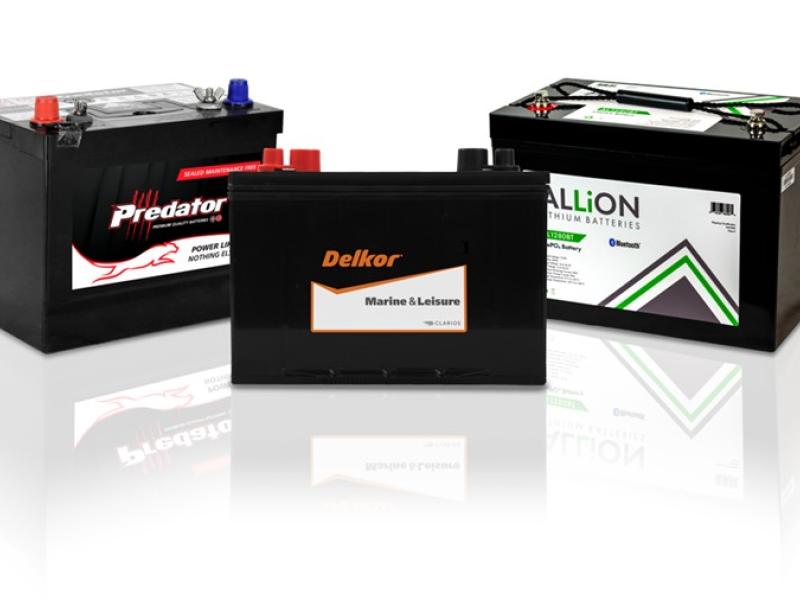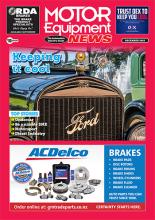The future of electric motoring will depend very much on the development of batteries which are light, cheap to make, and hold a large charge in a small package, and can take many, many recharges before they fail.
Lithium ion was thought to have a strong future in this regard, and, indeed, on such items as power tools it has proven this.
However, when it comes to producing more powerful batteries to power cars, trucks and buses, lithium ion has a couple of important problem areas. First, the batteries are prone to overheating, and can burst into flames if not adequately cooled. Second, they have a limited life before failing to hold a charge. And third, they use rare components which tend to make them a tad expensive when scaled up for larger applications.
The answer to all these problems may lie with a development from Stanford University in America – a high performance battery which uses aluminium instead of lithium, and which is proving to be fast-charging, long-lasting, and inexpensive.
According to an article on the Stanford University website, the new battery is so robust that it won’t catch fire even if you drill through it. And one of the main benefits of using aluminium is that it’s the most plentiful metal on the planet. At the same time the aluminium-ion battery has a recharge time of about one minute.
The Stanford battery currently operates at about 2V, which is about half what a lithium-ion battery produces, and would be insufficient for commercial applications. However, connecting multiple cells in series can provide higher voltage.
Researchers also point out that improving the cathode material could probably increase the voltage, as well as its energy density.
The prototype lasted more than 7,500 charge-discharge cycles with no loss of capacity. However, researchers say their unpublished data suggests an aluminium-ion battery will be able to withstand much more than that, citing “tens of thousands of times”
If it could be scaled up enough, this would make it attractive not just for powering motor vehicles, but even for storing electricity during off-peak times, something which has not been possible using current technology.
The prototype battery has an anode made of aluminium, a cathode of graphite, and an ionic liquid electrolyte. And it isn’t packed in a solid container, like current batteries, but instead is packaged in a flexible polymer-coated pouch which can fit into odd-shaped areas which might otherwise be wasted space.
The electrolyte is a salt that’s liquid at room temperature, and is very safe, says the study. At the same time, it might be cheap enough to manufacture that it would even replace disposable alkaline batteries.






